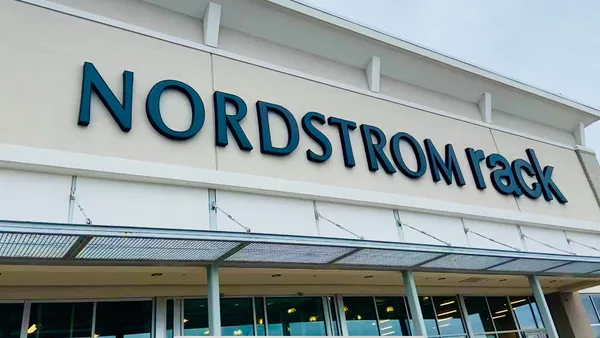The power and potential of the more than 54 million—17% of the U.S. population—Hispanic consumers in the U.S. can’t be denied. The group’s consumer spending reached $1.4 trillion in 2014 year, and that figure is ticking up by $100 billion every year.
But the real news is that while U.S. Hispanics are proud of their heritage, they are assimilating fast. Hispanics born in the U.S. account for nearly two-thirds (64%) of the Hispanic market, according to Nielsen, and 35% of all Hispanics living in the United States now speak English and Spanish in the home.
The number is even greater for native-born Hispanics younger than 18 years-old: According to Pew, 80% of this market speak only English at home.
With this rapidly expanding consumer group going somewhat untouched, retailers looking to tap into the market are taking their messages into the mainstream.
Playing off expanding acculturation
Target’s latest campaign, “Sin Traducción” (“Without Translation”) illustrates this shift, depicting Latino cultural traditions that may have no direct translation into English, but continue in the new country.
Its first television spot, “Arrullo” (“Lullaby”), depicts a Latina mother putting her baby to sleep with a classic Spanish-language record before issuing the tagline voiceover, “There will always be a part of you that simply doesn’t translate,” in English.
“We thought it’d be really interesting to recognize this dual world that she lives in,” Rick Gomez, Target’s senior vice president of brand and category marketing, told Ad Age. “She’s going back and forth between her Hispanic traditions and her American culture.”
Target, the nation’s No. 3 retailer in terms of Hispanic ad spend, is running the campaign on Spanish-language Univision and Telemundo, as well as the bilingual Nuvo cable net. It is also appearing on English-language networks such as USA, and during shows such as Modern Family, which features Latino-American star Sofia Vergara.
Taking messaging out of the silo
While the campaign is the first to feature such a seamless blend of cultural cues for dissemination across media outlets, other big retailers are increasingly integrating their Hispanic messaging into mainstream efforts. J.C. Penney’s 2013 general-market holiday campaign, for example, featured a multicultural group of carolers singing about holiday deals; in one execution, they used Feliz Navidad.
According to a study examining this campaign's impact on 2013 holiday season shopping behavior, lift among Hispanics was 11 points, compared to a seven-point lift among general-market consumers.
Penney’s actually dissolved its Hispanic-only marketing group last year in favor of a strategy that integrates such messaging into all aspects of its marketing efforts. And Wal-Mart, No. 1 in spend with $92.1 million in 2014, says it is taking multicultural budgets out of their silos in favor of a company wide, full-market approach.
There’s still a place for Spanish-only ads and placements, of course. But as more and more U.S. Hispanics grow up speaking both Spanish and English, the lines between demographic groups will blur, and the U.S. Hispanic market will become a quintessentially all-American one.
“Acculturation is actually quite fluid,” Jeri Smith wrote last year in a Quirk’s Marketing Research report. “While some individuals never acculturate, many Latinos do, over time, move up along the acculturation spectrum. The consumption of general-market media plays an important role in this process.”
“Assume that many within your Hispanic target will engage with your general-market campaign,” she wrote. “As such, make it inclusive of Hispanic lifestyles, needs and references.”












